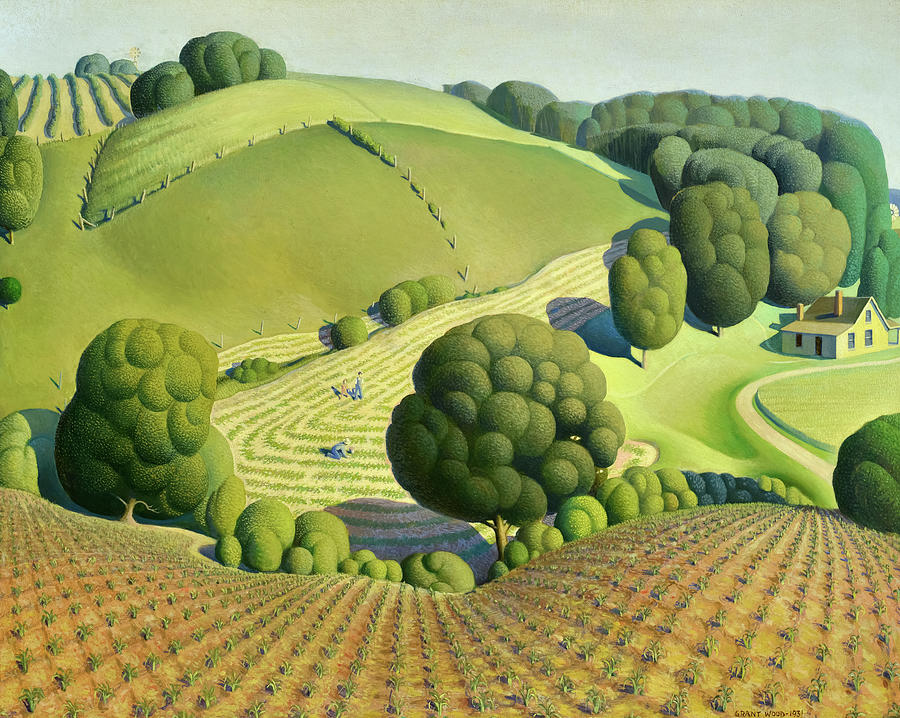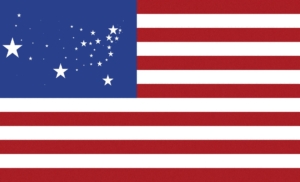TOGGLE COLUMNS (on/off):ADJUST COLUMN POSITIONS: select the column header cell and drag it where you want. show me!COPY INDIVIDUAL COLUMN(S): use CopyTables, a browser extension.
| Contribute a translation | Source (English) |
|---|---|
On the fourteenth day of June in the year 1780, the flag of our nation was born. On that day the Congress of the United States resolved “that the flag of the thirteen United States be thirteen stripes, alternate red and white; that the Union be thirteen stars, white in a blue field, representing a new constellation.”[1] As stated in the “Flag Resolution” passed by the Second Continental Congress on 14 June 1777. | |
Today we celebrate the anniversary of that event. Today, over a vast territory and over the hearts of many millions of people that emblem holds sway, a symbol endowed with immeasurable potency to evoke loyalty, heroism, and self-sacrifice. | |
We are assembled to renew our allegiance to the flag and to all that it symbolizes. We are not idolaters. Our homage is not to the flag as a piece of colored cloth. It is to what the flag means in our life and the life of mankind; to the land, the persons, the institutions, the laws, the ideals, the human relationships that the flag betokens. To these our loyalty is directed, and upon these we invoke the blessing of God. | |
Grant, O God, that the display of our national emblem move us so to live that we may never disgrace it, but always reflect honor upon it. May our flag forever remain the symbol of a nation dedicated to freedom, justice, and the well-being of all mankind. |
This opening prayer for Flag Day, “The Significance of the Day,” was first published in The Faith of America: Readings, Songs, and Prayers for the Celebration of American Holidays (Jewish Reconstructionist Foundation 1951), p. 117
Source(s)

Notes
| 1 | As stated in the “Flag Resolution” passed by the Second Continental Congress on 14 June 1777. |
|---|

“Opening Prayer on the Significance of Flag Day, by Rabbi Mordecai Kaplan, J. Paul Williams, and Eugene Kohn (1951)” is shared through the Open Siddur Project with a Creative Commons Attribution-ShareAlike 4.0 International copyleft license.










Comments, Corrections, and Queries